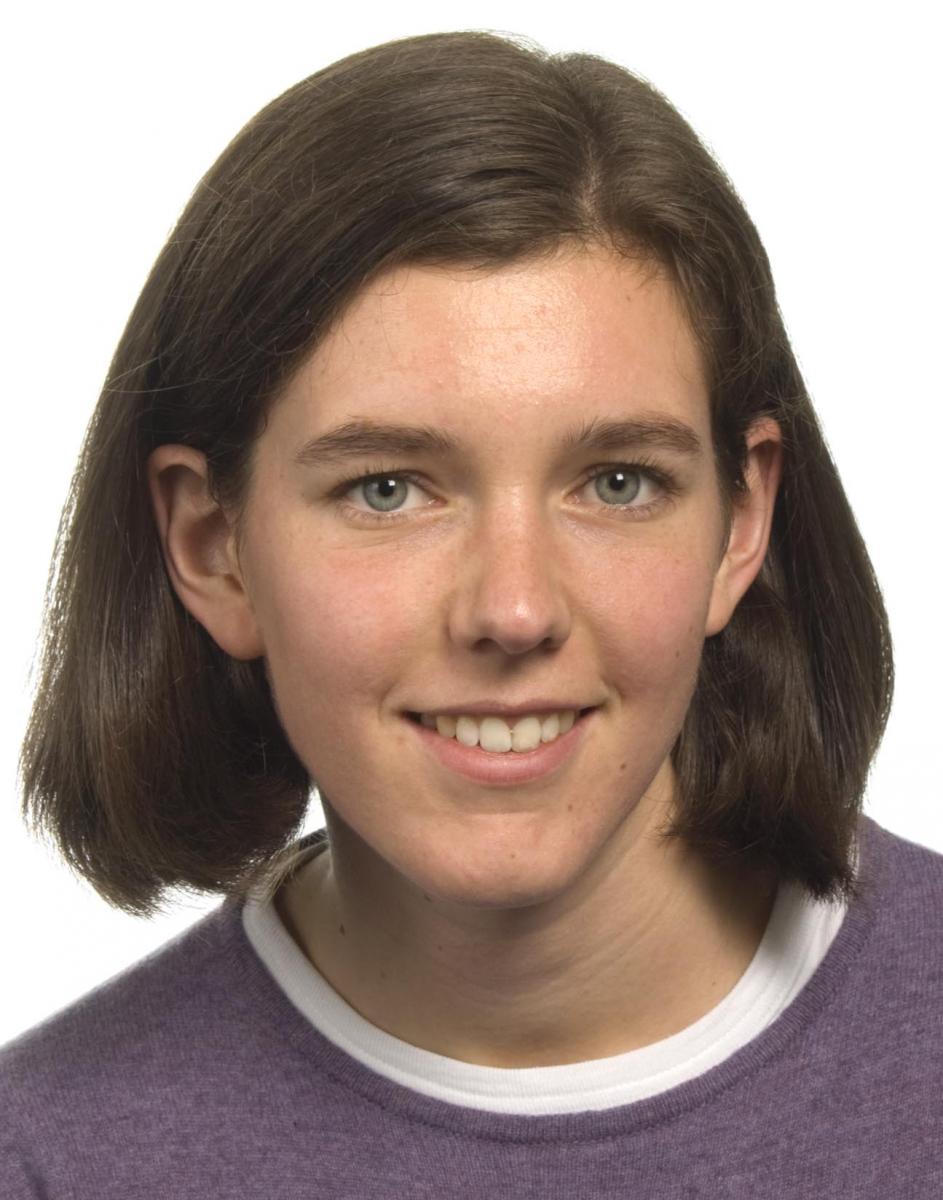CERN as seen by a young scientist
 Inspired by the event at the UNESCO headquarters in Paris that celebrated the anniversary of the signature of the CERN convention, Sophie Redford wrote about her impressions on joining CERN as a young researcher. A CERN fellow designing detectors for the future CLIC accelerator, she did her PhD at the University of Oxford, observing rare B decays with the LHCb experiment.
Inspired by the event at the UNESCO headquarters in Paris that celebrated the anniversary of the signature of the CERN convention, Sophie Redford wrote about her impressions on joining CERN as a young researcher. A CERN fellow designing detectors for the future CLIC accelerator, she did her PhD at the University of Oxford, observing rare B decays with the LHCb experiment.
The “60 years of CERN” celebrations give us all the chance to reflect on the history of our organisation. As a young scientist, the early years of CERN might seem remote. However, the continuity of CERN and its values connects this distant past to the present day. At CERN, the past isn’t so far away.
Of course, no matter when you arrive at CERN for the first time, it doesn’t take long to realise that you are in a place with a special history. On the surface, CERN can appear scruffy. Haphazard buildings produce a maze of long corridors, labelled with seemingly random numbers to test the navigation of newcomers. Auditoriums retain original artefacts: ashtrays and blackboards unchanged since the beginning, alongside the modern-day gadgetry of projectors and video-conferencing systems.
The theme of re-use continues underground, where older machines form the injection chain for new. It is here, in the tunnels and caverns buried below the French and Swiss countryside, where CERN spends its money. Accelerators and detectors, their immense size juxtaposed with their minute detail, constitute an unparalleled scientific experiment gone global. As a young scientist this is the stuff of dreams, and you can’t help but feel lucky to be a part of it.
If the physical situation of CERN seems unique, so is the sociological. The row of flags flying outside the main entrance is a colourful red herring, for aside from our diverse allegiances during international sporting events, nationality is meaningless inside CERN. Despite its location straddling international borders, despite our wallets containing two currencies and our heads many languages, scientific excellence is the only thing that matters here. This is a community driven by curiosity, where coffee and cooperation result in particle beams. At CERN we question the laws of our universe. Many answers are as yet unknown but our shared goal of discovery bonds us irrespective of age or nationality.
As a young scientist at CERN I feel welcome and valued; this is an environment where reason and logic rule. I feel privileged to profit from the past endeavour of others, and great pride to contribute to the future of that which others have started. I have learnt that together we can achieve extraordinary things, and that seemingly insurmountable problems can be overcome.
In many ways, the second 60 years of CERN will be nothing like the first. But by continuing to build on our past we can carry the founding values of CERN into the future, allowing the next generation of young scientists to pursue knowledge without borders.
